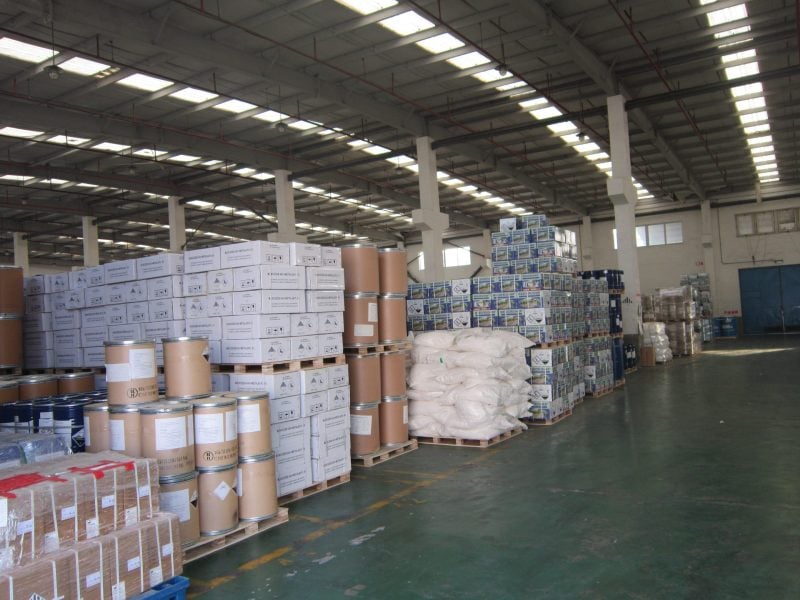Crop Solutions
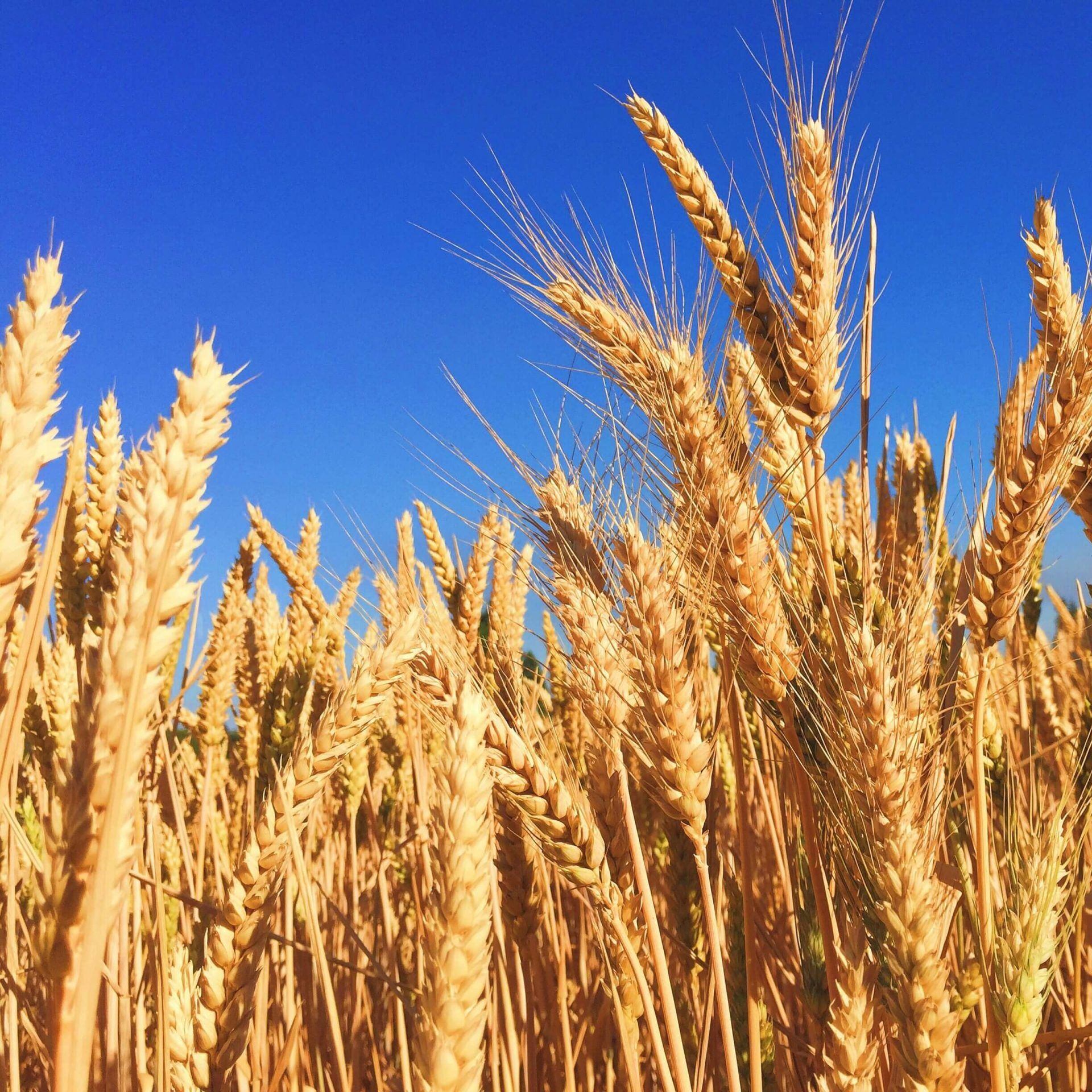
Wheat — Snapshot & Common Threats
Crop Snapshot
Wheat (Triticum aestivum) is a top global staple grown across temperate and semi-arid zones. It serves food, feed, and processing markets, where yield stability, protein/gluten, test weight, and DON compliance drive value.
Key Threats
-
Diseases: Rusts (leaf/stripe/stem), powdery mildew, Fusarium head blight (DON risk), sheath blight/foot rots, smuts.
-
Insects: Aphids (BYDV vector), armyworm/cutworm complexes, Hessian fly, wheat midge, thrips/leafhoppers/mites.
-
Weeds: Wild oat, ryegrass, brome/foxtail (grass weeds); chickweed, shepherd’s purse, fumitory (broadleaves).
-
Abiotic: Hot/dry winds, excess humidity at flowering, late frost, waterlogging, lodging, pre-harvest sprouting.
Rice — Snapshot & Common Threats
Crop Snapshot
Rice (Oryza sativa) is the primary staple for over half the world’s population, grown across tropical/subtropical zones in irrigated paddies, rainfed lowlands, and uplands. Value is driven by stable yield, head-rice recovery, grain quality (amylose, chalkiness), and residue compliance.
Key Threats
-
Diseases: Blast, bacterial leaf blight (BLB), sheath blight, brown spot, sheath rot, regional viral complexes (e.g., tungro).
-
Insects: Planthoppers (BPH/GLH; key virus vectors), stem borers, leaf folder, armyworms, gall midge, rice hispa.
-
Weeds: Barnyardgrass, sprangletop, sedges (Cyperus spp.), Monochoria, plus red rice volunteers in direct-seeded fields.
-
Abiotic: Submergence/flood, drought, salinity/alkalinity, heat at flowering (spikelet sterility), cold injury, lodging.
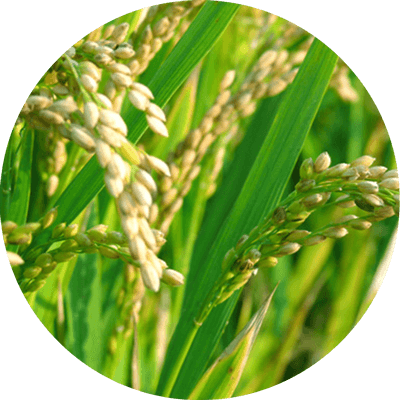
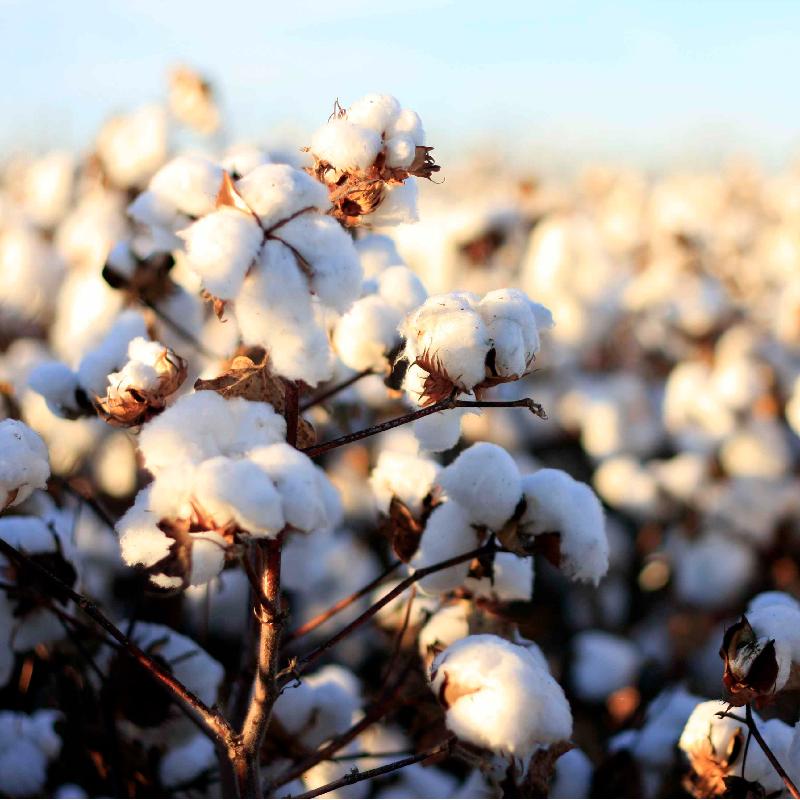
Cotton — Snapshot & Common Threats
Crop Snapshot
Cotton (Gossypium spp.) is the leading natural fiber crop in arid–subtropical zones under irrigated and rainfed systems. Value hinges on lint yield and quality (staple length, strength, micronaire, uniformity, leaf grade), ginning outturn, and residue/compliance. Seed by-products supply edible oil and protein meal.
Key Threats
-
Diseases: Verticillium wilt, Fusarium wilt, bacterial blight, boll rots, Alternaria/areolate mildew; regional viral complexes (e.g., cotton leaf curl).
-
Insects: Bollworm complex (Helicoverpa/Heliothis, pink bollworm), whiteflies (sticky lint; virus vector), aphids, jassids/leafhoppers, thrips (early season), mealybugs, mites, mirids/lygus, stink bugs; fall armyworm in some areas.
-
Weeds: Amaranthus spp. (Palmer/pigweeds), morning glory, lambsquarters, johnsongrass, barnyardgrass, nutsedges; resistance hotspots in direct-seeded fields.
-
Abiotic: Heat/drought, waterlogging, salinity, early cold snaps/sandblasting, wind/hail; poor defoliation weather impacts grade.
Potato — Snapshot & Common Threats
Crop Snapshot
Potato (Solanum tuberosum) is a cool-season tuber crop supplying fresh, processing, and seed markets. Value hinges on marketable yield, tuber grade and solids (specific gravity), skin finish/defects, seed health status (virus load), storability, and residue/compliance performance.
Key Threats
-
Diseases: Late blight, early blight, blackleg/soft rot, Fusarium dry rot, silver scurf, Rhizoctonia (stem canker/black scurf), common/powdery scab, Verticillium wilt.
-
Insects: Colorado potato beetle, aphids (PVY/PLRV vectors), leafhoppers, cutworms/armyworms, potato tuber moth (warm regions), thrips/mites.
-
Nematodes: Potato cyst nematodes (Globodera spp.), root-knot (Meloidogyne spp.), lesion nematodes.
-
Weeds: Nightshades, lambsquarters, pigweeds, knotweed, barnyardgrass, nutsedges.
-
Abiotic/Storage: Frost/heat, waterlogging/drought, greening and growth cracks, hollow heart; in storage—poor curing, temperature/humidity mismanagement, low sanitation.
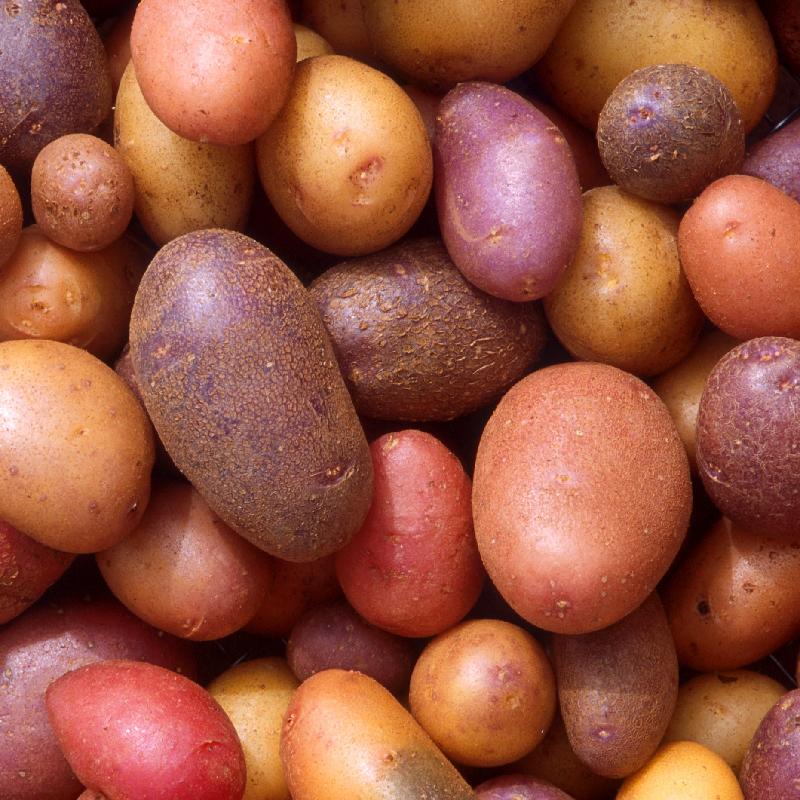
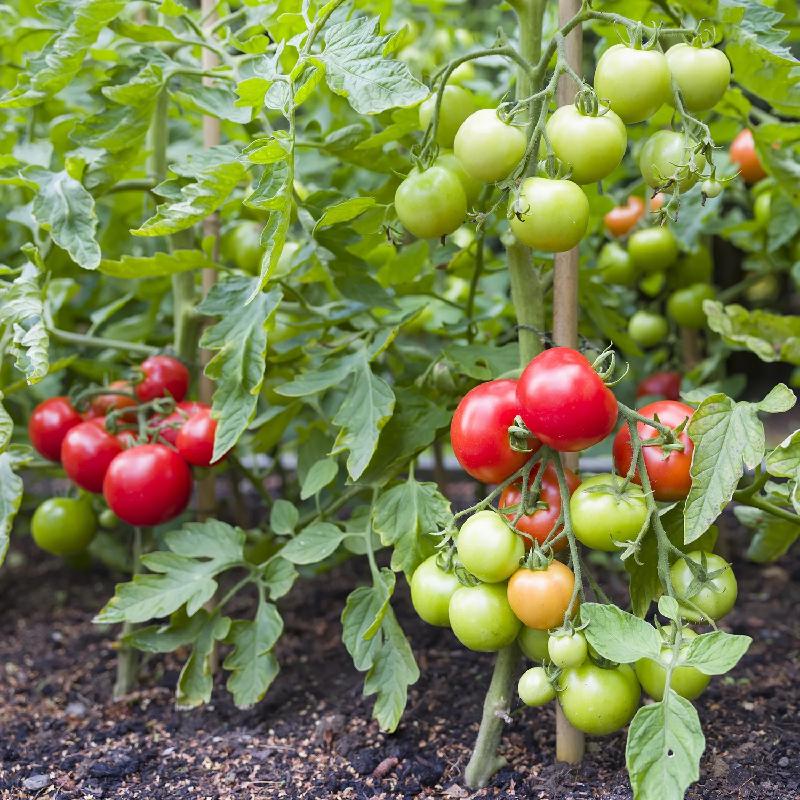
Tomato — Snapshot & Common Threats
Crop Snapshot
Tomato (Solanum lycopersicum) serves fresh and processing markets in open field and protected cultivation. Value is driven by marketable yield, fruit size/firmness/color, °Brix, shelf life, defect rate (cracking, BER, sunscald), and residue/compliance.
Key Threats
-
Diseases: Late blight, early blight, Septoria leaf spot, bacterial spot/speck/canker, Fusarium wilt, Verticillium wilt, gray mold, powdery mildew, southern blight, damping-off; viruses incl. TYLCV, TSWV, ToBRFV.
-
Insects/mites: Whiteflies (virus vector), thrips (TSWV vector), aphids, leafminers, fruitworm/earworm, armyworms, cutworms, stink bugs, flea beetles, spider mites; tomato pinworm regionally.
-
Nematodes: Root-knot (Meloidogyne spp.).
-
Weeds: Nightshades, pigweeds, nutsedges, grasses—many host virus vectors.
-
Abiotic/physiological: Heat/cold stress, waterlogging/drought, blossom end rot, cracking, sunscald, salinity.
Corn — Snapshot & Common Threats
Crop Snapshot
Corn (Zea mays L.) underpins food, feed, and industrial markets (starch, ethanol, oil). Grown across temperate–tropical zones. Value hinges on yield stability, test weight, moisture at harvest, standability, ear fill, and mycotoxin compliance (aflatoxin, fumonisin).
Key Threats
-
Diseases: Gray leaf spot, northern corn leaf blight, southern/common rust, tar spot, anthracnose stalk rot, Fusarium/Gibberella ear rots (mycotoxins), Diplodia ear/stalk rots, seedling blights.
-
Insects: Fall armyworm, corn borers (where non-Bt), corn earworm, cutworms, wireworms, rootworm complex (Diabrotica), aphids, stink bugs.
-
Weeds: Amaranthus spp. (Palmer pigweed, waterhemp), foxtails, johnsongrass, barnyardgrass, morning glory, lambsquarters; resistance hotspots are common.
-
Abiotic/Nematodes: Drought/heat at tasseling–silking, waterlogging, wind/hail lodging, N deficiency; lesion/root-knot/needle nematodes regionally.
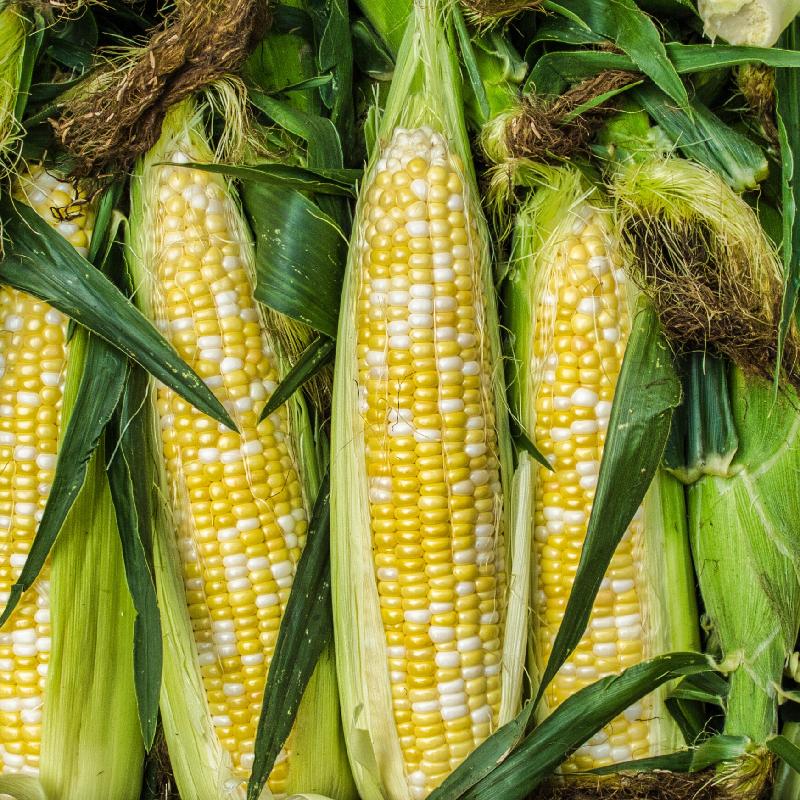
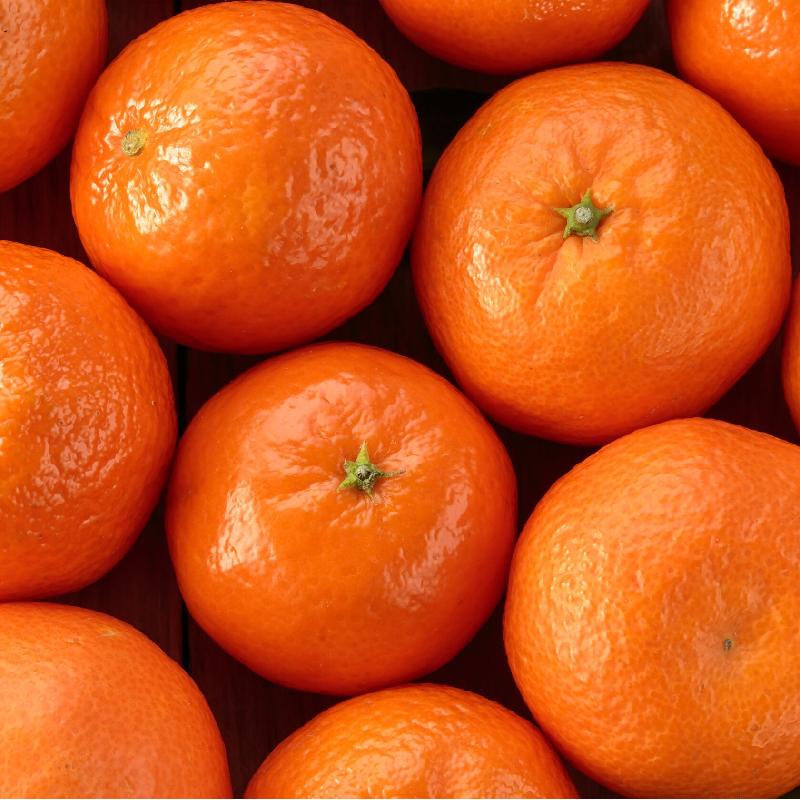
Citrus — Snapshot & Common Threats
Crop Snapshot
Citrus (Citrus spp.; oranges, mandarins, lemons, limes, grapefruit) underpins fresh and processing markets. Value is driven by yield and pack-out, °Brix/acid ratio, peel quality, fruit size/color, seedlessness, storability, and residue/phytosanitary compliance in perennial orchard systems.
Key Threats
-
Diseases: Huanglongbing/greening (HLB; psyllid-vectored), citrus canker, tristeza virus, Phytophthora root rot/gummosis, greasy spot, melanose, scab, Alternaria brown spot, postharvest decays (green/blue mold).
-
Insects/mites: Asian citrus psyllid, citrus leafminer, scales (armored/soft), mealybugs, aphids, whiteflies, thrips, rust/red mites; fruit flies regionally.
-
Weeds: Grasses, sedges, and broadleaves in the tree row (incl. nutsedges); weed hosts harbor vectors and compete for water/nutrients.
-
Nematodes: Citrus nematode (Tylenchulus semipenetrans), root-knot, lesion.
-
Abiotic: Salinity, drought/heat, frost/cold snaps, wind/sunburn, nutrient disorders (Fe/Zn/Mg chlorosis), fruit drop/splitting.
POMAIS understand the critical impact of weeds on wheat crop yield and quality. As a trusted agrochemical provider, we offer a range of targeted herbicides designed to control the most challenging and widespread weeds in wheat fields worldwide. Our herbicides are formulated to combat a variety of persistent weeds, such as blackgrass, wild oat, goatgrass, rye brome, and cleavers. These weeds compete aggressively with wheat, consuming essential resources. With ISO-certified production and advanced R&D capabilities, we tailor our products to meet local agricultural needs, ensuring reliable, safe, and effective weed management. Our solutions help wheat growers globally to protect their crops, maximize yields, and maintain sustainable, high-quality production.
1. Blackgrass (Alopecurus myosuroides)
- Description: A grass weed with high competitiveness, significantly affecting wheat yield.
- Recommended Herbicide: Clodinafop-propargyl – Effective against grass weeds like blackgrass, reducing competition with wheat.
2. Wild Oat (Avena fatua)
- Description: A fast-growing grass weed that competes with wheat for nutrients and water.
- Recommended Herbicide: Fenoxaprop-P-ethyl – Provides targeted control of wild oat and similar grass weeds.
3. Goatgrass (Aegilops tauschii)
- Description: Known for its drought tolerance, this grass weed is tough to control in wheat fields.
- Recommended Herbicide: Mesosulfuron-methyl – Controls various grass and some broadleaf weeds, including goatgrass.
4. Rye Brome (Bromus secalinus)
- Description: This weed’s seeds resemble wheat, making it difficult to separate during harvest.
- Recommended Herbicide: Mesosulfuron-methyl – Suitable for controlling brome and other persistent grass weeds.
5. Cleavers (Galium aparine)
- Description: A broadleaf weed that entangles with wheat, complicating harvest.
- Recommended Herbicide: Florasulam – Highly effective for controlling broadleaf weeds like cleavers, promoting easier wheat harvest.
POMAIS recognize the critical challenges posed by fungal diseases in wheat cultivation. As a leading agrochemical provider, we offer a range of specialized fungicides that target the most damaging wheat diseases worldwide, helping farmers protect their crops and ensure high-quality yields. Our solutions focus on controlling prevalent diseases such as Fusarium Head Blight, Wheat Rust, Powdery Mildew, Rhizoctonia Root Rot, and Septoria Leaf Blotch. With ISO-certified production standards and extensive R&D capabilities, we tailor solutions to meet regional needs, providing high-quality, stable formulations. Our goal is to support farmers globally with reliable, effective disease management options, ensuring healthier crops and a more sustainable agricultural future.
1. Fusarium Head Blight
- Description: Caused by Fusarium fungi, this disease infects wheat heads, leading to moldy, shriveled grains and significant yield loss.
- Recommended Pesticide: Carbendazim – Effective against Fusarium species, providing robust protection for wheat heads.
2. Wheat Rust
- Description: Wheat rust includes stripe, leaf, and stem rust, caused by various rust fungi, resulting in rust-colored spots that reduce photosynthesis and nutrient transport.
- Recommended Pesticide: Tebuconazole – A broad-spectrum fungicide ideal for rust control, also effective against other fungal diseases.
3. Powdery Mildew
- Description: Powdery mildew forms white, powdery fungal growth on leaves, inhibiting photosynthesis and weakening plant health.
- Recommended Pesticide: Azoxystrobin – Controls powdery mildew and various other fungal pathogens on wheat leaves.
4. Rhizoctonia Root Rot
- Description: Caused by Rhizoctonia fungus, this disease attacks wheat roots and lower stems, causing wilting and lodging.
- Recommended Pesticide: Flutriafol – Highly effective for root and stem diseases, providing stable control for increased crop resilience.
5. Septoria Leaf Blotch
- Description: This disease causes brown lesions on leaves, leading to premature leaf death and reduced photosynthetic area.
- Recommended Pesticide: Propiconazole – A reliable fungicide for treating Septoria and protecting leaf health.
POMAIS solutions target a range of pests that commonly threaten wheat, including aphids, wheat midges, mites, wireworms, and sawflies. Each product is carefully formulated and tested for optimal performance and environmental compatibility. Our commitment to quality and innovation is reflected in our ISO-certified production standards and a dedicated R&D team that tailors formulations to meet local market needs. By leveraging these strengths, we empower farmers and distributors to effectively manage pest threats, optimize wheat production, and secure a healthier, more productive harvest season.
1. Aphids
- Description: Aphids suck the sap from wheat plants, stunting growth and transmitting viral diseases.
- Recommended Pesticide: Imidacloprid – This systemic insecticide provides excellent control over aphids and other sap-feeding insects.
2. Wheat Midge
- Description: Wheat midge larvae feed on wheat kernels, resulting in shriveled, low-quality grains.
- Recommended Pesticide: Chlorantraniliprole – Effective against midge larvae, helping protect kernel quality and yield.
3. Wheat Mites
- Description: Mites damage leaves by sucking plant juices, causing yellowing and wilting.
- Recommended Pesticide: Abamectin – A highly effective acaricide, ideal for controlling mite populations in wheat crops.
4. Wireworms
- Description: Wireworm larvae feed on the roots of wheat, weakening or killing young plants.
- Recommended Pesticide: Phoxim – Known for its effectiveness against soil-dwelling pests like wireworms, promoting healthy root growth.
5. Sawflies
- Description: Sawfly larvae consume wheat leaves extensively, leading to reduced photosynthesis and crop health.
- Recommended Pesticide: Thiamethoxam – This broad-spectrum insecticide helps control sawflies and other chewing insects, protecting leaf integrity.
About Us
About Us
POMAIS is committed to long-term partnerships with agrochemical importers, distributors, and brand owners.
Whether you’re expanding into new markets or developing your own product line, our team is here to provide flexible, scalable solutions for your business.
We gain a good reputation from clients, who mainly comes from Russia, Middle east, Africa and South America. Young sales team with enthusiastic warmly welcome you and assist you to occupy the market with good service and professional skills.
We’ve been connecting with global importers and distributors from all over world. Our cooperated factory has passed authentication of ISO9001:2000 accreditation. Registration documents support and ICAMA Certificate supply. SGS testing for all products.

